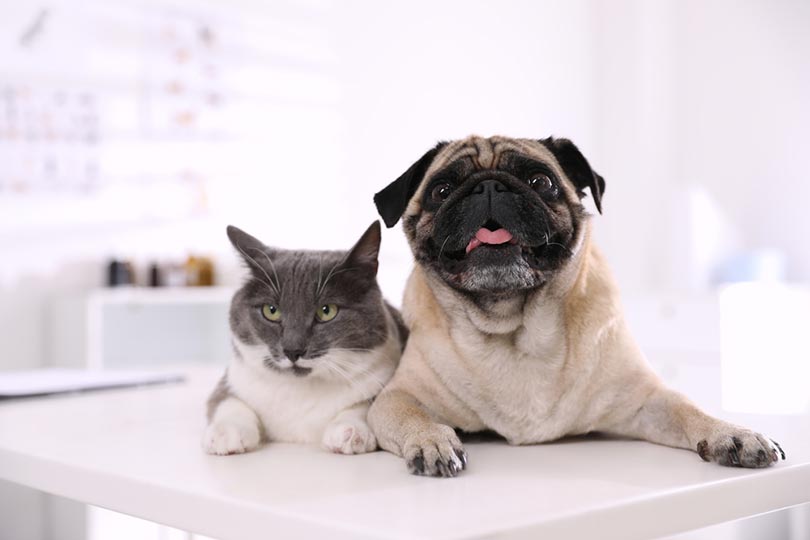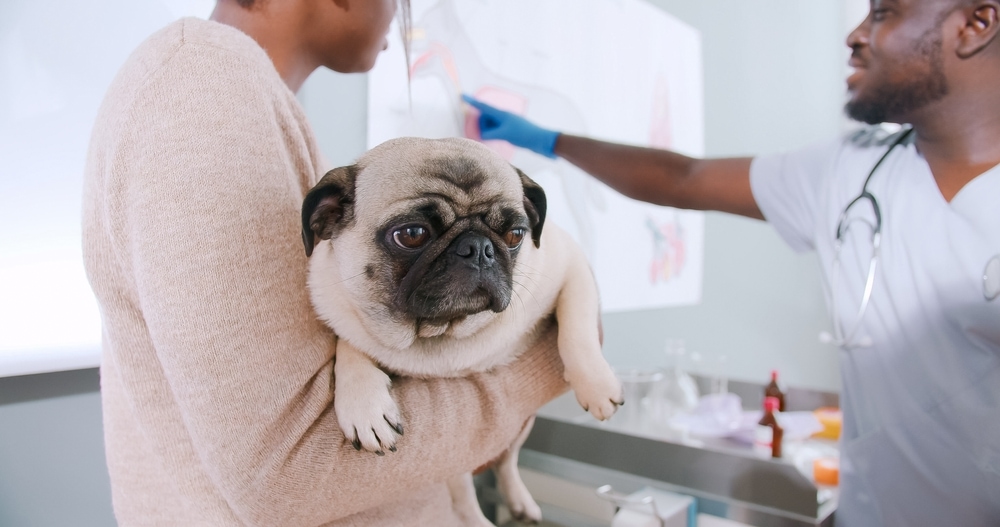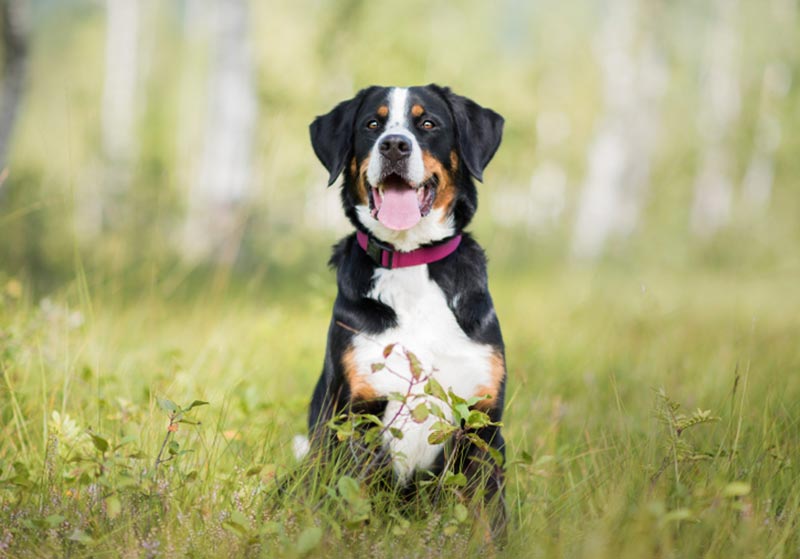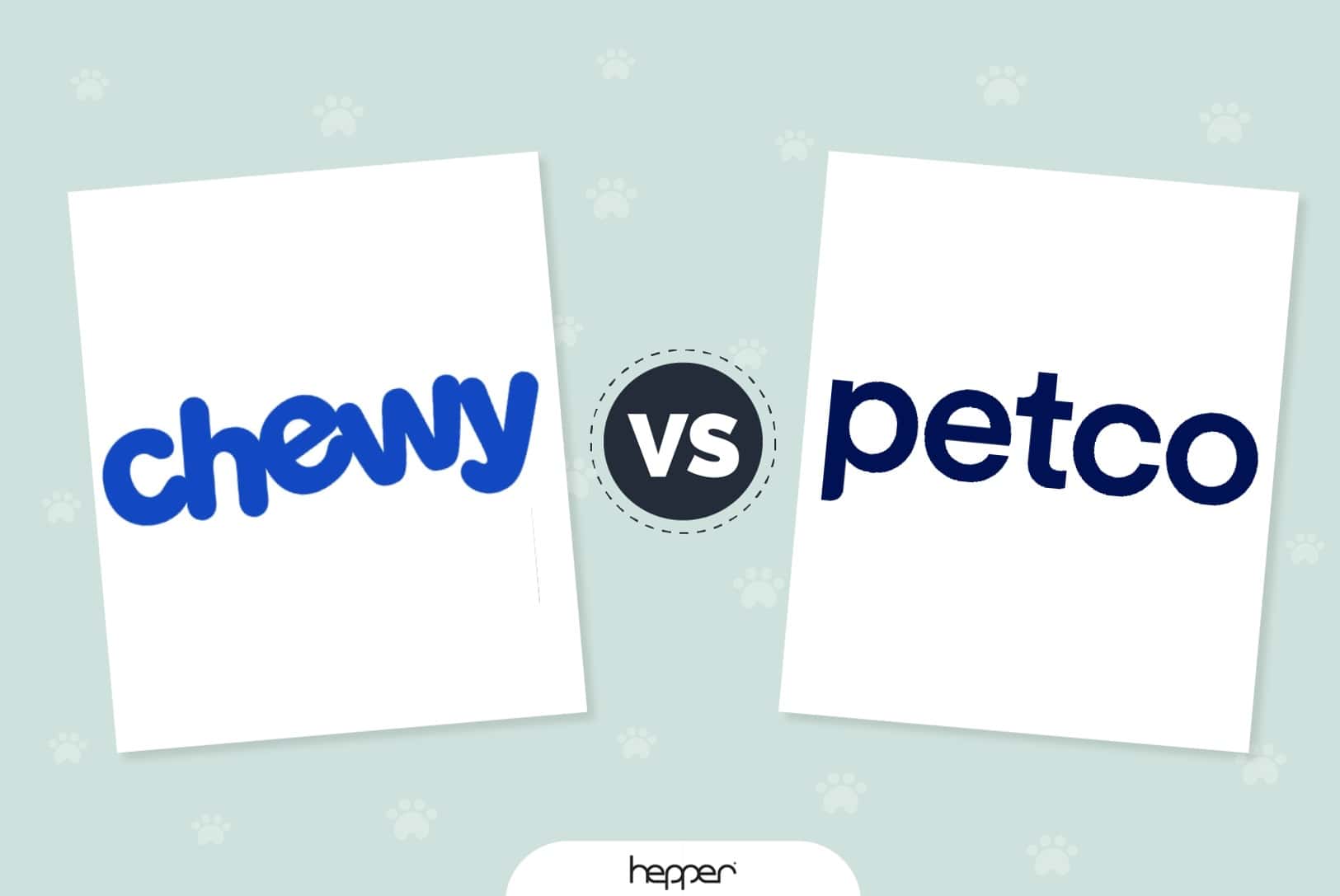Do Pugs Get Along With Cats? Breed Temperament & Introduction Tips
Updated on

Pugs were bred explicitly to be companion animals. Unlike many other dogs, they weren’t bred with a specific task in mind—except to look cute and lay in your lap. This is why they are often very impractical dogs. For instance, their squished face can cause breathing problems, which is obviously bad if they were a working breed. However, it is an attractive feature for many people looking for a companion animal.
They do not have a high prey drive, as they weren’t bred to hunt anything. However, this doesn’t necessarily mean that your Pug will absolutely get along with a cat. Socialization is much more important than breed alone. If you never introduce your Pug to a cat and then suddenly bring one home, they will likely not get along very well.
Instead, it is important for your Pug to be allowed around cats as a puppy. This will allow them to learn how to act around cats when they are very impressionable. They’ll learn that cats are a normal and friendly part of the environment. Friendly cats who are around dogs often are the best option, as they provide your canine with a positive experience.
Overall, pugs are bred to be companion animals, so they don’t have a high prey drive. Often, that means that your Pug won’t instinctively chase cats. However, socialization is important if you truly want them to get along with cats. This is probably one of the better breeds for homes with cats simply due to their small size and low prey drive.
How Do You Introduce a Cat to a Pug?
You introduce cats to Pugs just like any other canine. You want to start slow, even if your dog has been around cats before.
- Confine your cat to a room. You should give your cat a safe place in a room that your dog doesn’t have access to. The cat should have everything they need in this room, as they should stay in it exclusively for at least a week. This is important to ensure that they are comfortable in their new home before the dog is involved. Plus, it also gives you time to slowly introduce your dog to them.
- Use smell. Find things that both your cat and dog use regularly that may carry their scent. This can include blankets, mats under food bowls, and beds. The point is that they smell like your animal. Once you’ve identified some objects, switch them around. Switch out both animal’s blankets, for instance. This allows both pets to get used to the other’s smell without actually seeing them.
- Start introductions slowly. Throughout the first week, you should allow your cat and dog to see each other in a controlled manner. Firstly, you may simply want to crack open the door and allow your dog to peek at your cat inside. Then, you can open the door all the way with your dog on a leash. Be sure that both animals are comfortable the whole time. It should be so slow that the dog and cat don’t really pay much attention to each other. Use treats for both animals as they exhibit the correct behaviors.
- Don’t set them up for failure. One of the worst mistakes pet parents make when introducing a cat to a Pug is moving too fast. If you don’t go slowly enough, the dog may become fearful or excited around the cat, which can lead to chasing. If the dog chases the cat once, it is more likely that they will do it again. Plus, it may permanently make your cat fearful of the dog, which can cause its own problems. You should avoid setting up your animals for failure. Take it as slowly as they need.

Do Pugs Hate Cats?
Pugs generally don’t care for cats one way or the other. As a breed, they aren’t predispositioned to get along with cats, but their low prey drive means that they likely won’t chase them around either. Socialization is the most important factor in determining whether or not your specific Pug likes cats or not.
If your dog is around cats from a young age, they probably won’t mind them much at all.
However, how you introduce the two particular animals also matters. If you move too quickly, you can make them fearful of each other. Once a dog gets used to chasing a particular cat, it is difficult to make them stop. The point should be to get them used to each other without any chasing. That way, it isn’t their default way of interacting.
Can a Pug Kill a Cat?
Most Pugs aren’t much larger than an adult cat. Assuming the cat is healthy and not declawed, they can generally hold their own. However, that doesn’t mean that a Pug cannot kill a cat or at least seriously injure one. If the Pug has their mind set on catching the cat, they very well might.
You should not leave your cat alone with your Pug if they cannot be trusted. We aren’t saying that you should always confine your cat or dog whenever you aren’t there to supervise. This just isn’t practical in most households. However, if your Pug always wants to chase your cats, you probably want to separate them.
With that said, injured cats and kittens are more vulnerable to these dogs. For this reason, you should avoid leaving these cats alone with these dogs at all. It simply isn’t worth the risk.

Are Pugs Good With Kittens?
Generally, Pugs won’t see a kitten any differently than an adult cat. They’re simply smaller. If the Pug was socialized with cats, they might very well get along fine with the kitten. This assumes you introduce them correctly, of course. Otherwise, the cat may become fearful of the Pug, and the Pug may get in the habit of chasing them around.
However, you should never leave a Pug alone with a kitten. They can easily injure a kitten if they get too excited. They may not even mean to harm the kitten but may accidentally do so when playing. For this reason, supervision is absolutely required. You should put your kitten in their safe room when you can keep an eye on them.
Final Thoughts
Pugs are one of the better breeds for cats. They get along with cats much better than other breeds due to their low prey drive. They typically won’t instinctively want to chase cats as much as other breeds. However, this doesn’t mean that every Pug will get along with cats. It largely depends on their level of socialization.
If you want your Pug to get along with cats, we highly recommend socializing them with cats at a young age. This will help ensure that they know what a cat is and how they’re supposed to act around cats. Otherwise, you’ll be starting from scratch when you bring a cat into your house.
If you already have a cat and are considering adopting a Pug, then the dog will get plenty socialized with your cats. However, we also recommend socializing them with other cats, as this can be helpful if you adopt a new cat in the future. Otherwise, they may just learn to get along with your specific cat, not cats as a whole.
We do recommend this breed for households with cats. Just understand that socialization does matter. Whether or not they get along with cats isn’t set in stone.
Featured Photo Credit: Africa Studio, Shutterstock












